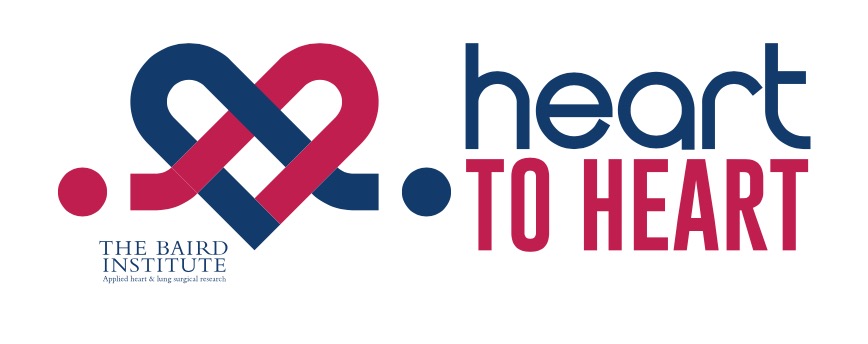Objectives: To identify factors influencing the decision to omit tricuspid valve repair in patients who meet guideline criteria for tricuspid valve repair undergoing minimally invasive mitral valve surgery (MIMVS).
Methods: A retrospective analysis was conducted using the MIMVS International Registry, covering 7513 patients from 17 centres in Europe USA, Asia and Australia. Of these, 1077 had an indication for tricuspid valve repair. Patients were stratified into two groups: those who underwent tricuspid valve repair (n = 910) and those who did not (n = 167). Multivariate logistic regression analysis was conducted to identify the factors associated with the decision to perform tricuspid valve repair.
Results: Patients who received tricuspid valve repair were older (72 vs 67 years, P < 0.001), more often female (53.8% vs 39.8%, P < 0.001) and had higher rates of atrial fibrillation (70.1% vs 54%, P < 0.001). Tricuspid valve repair was associated with longer ICU (48 vs 23 hours, P < 0.001) and hospital stays (11 vs 8 days, P < 0.001), but 30-day mortality was similar between groups (4.3% for tricuspid valve repair vs 1.8% for no tricuspid valve repair, P = 0.2). Patients undergoing tricuspid valve repair had higher EuroSCORE II (2.9 vs 1.6, P < 0.001). Key factors for omitting tricuspid valve repair included absence of severe tricuspid regurgitation (odds ratio [OR] 3.31 for moderate tricuspid regurgitation; OR 4.06 for mild tricuspid regurgitation), lower NYHA class (OR 0.61 for NYHA III-IV), and mitral valve disease type (OR 0.38) and institutional practices (SD 0.28).
Conclusions: Prophylactic indications for concomitant tricuspid valve repair in MIMVS are generally followed. Clinical and institutional factors strongly influence the decision to omit the tricuspid procedure despite guideline recommendations. Adhering to guidelines may improve outcomes by standardizing treatment choices.






